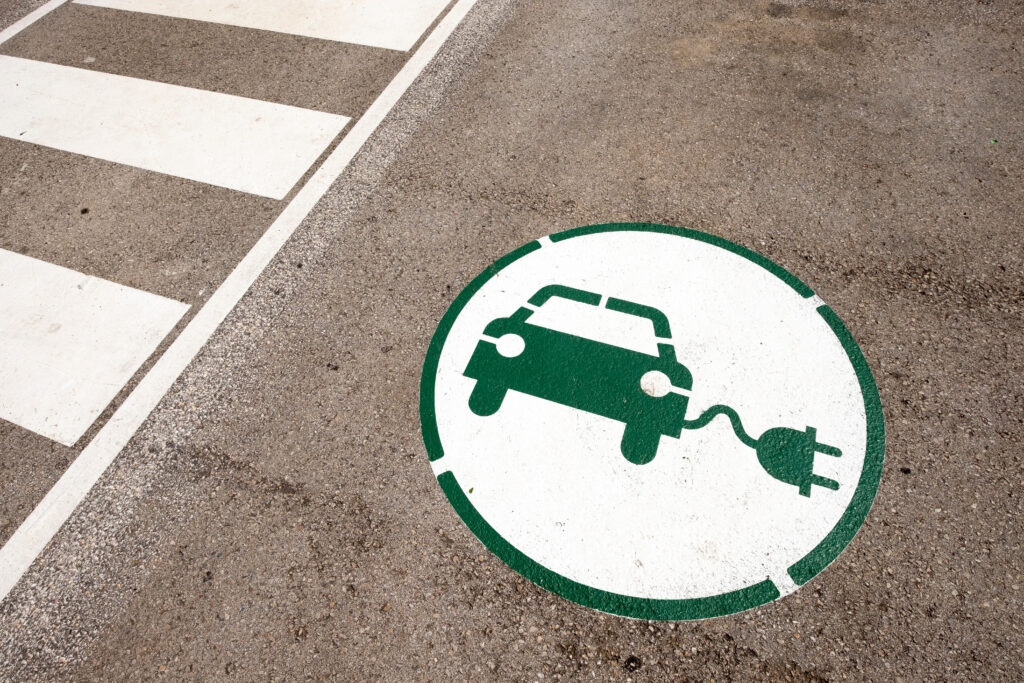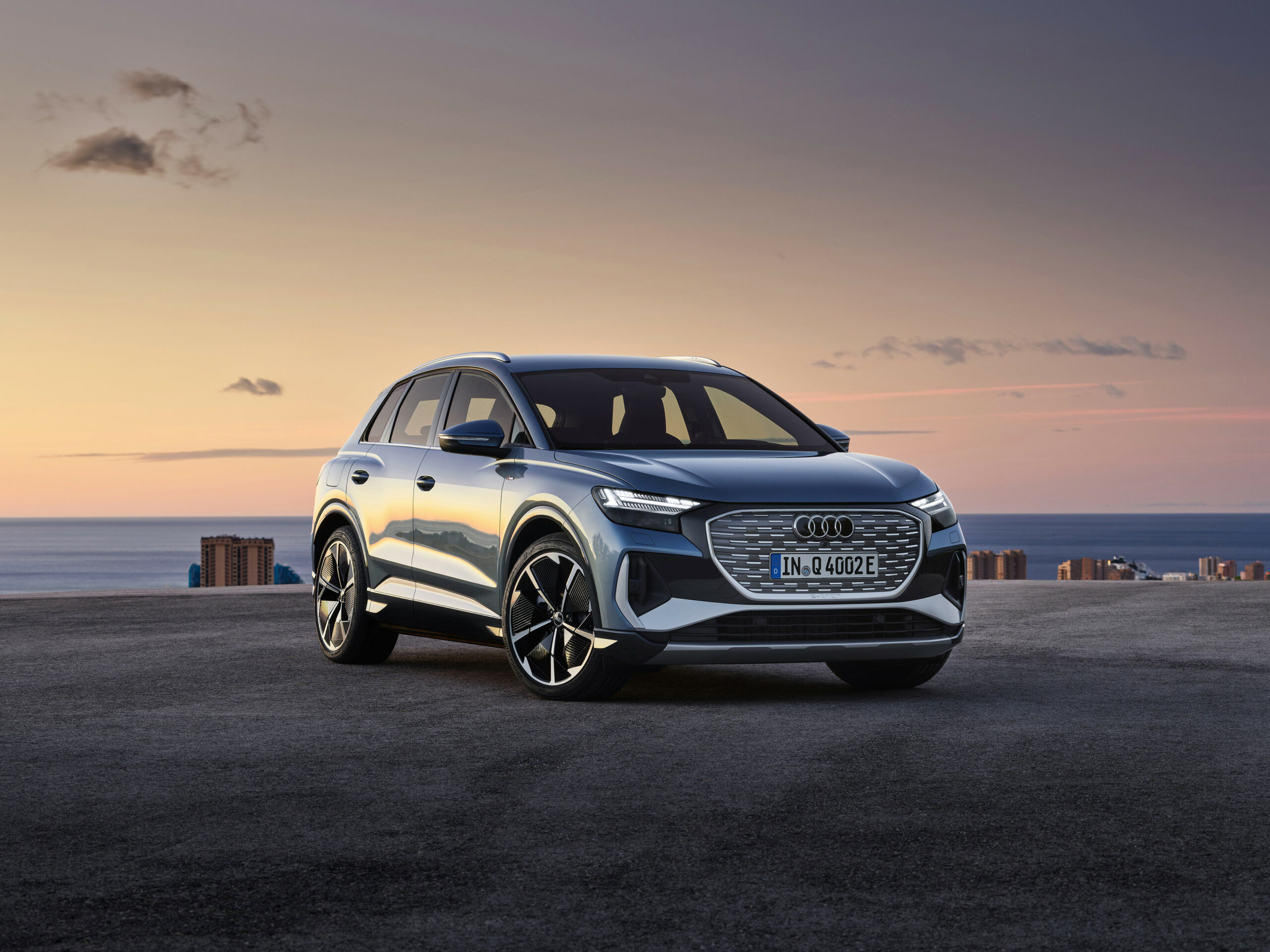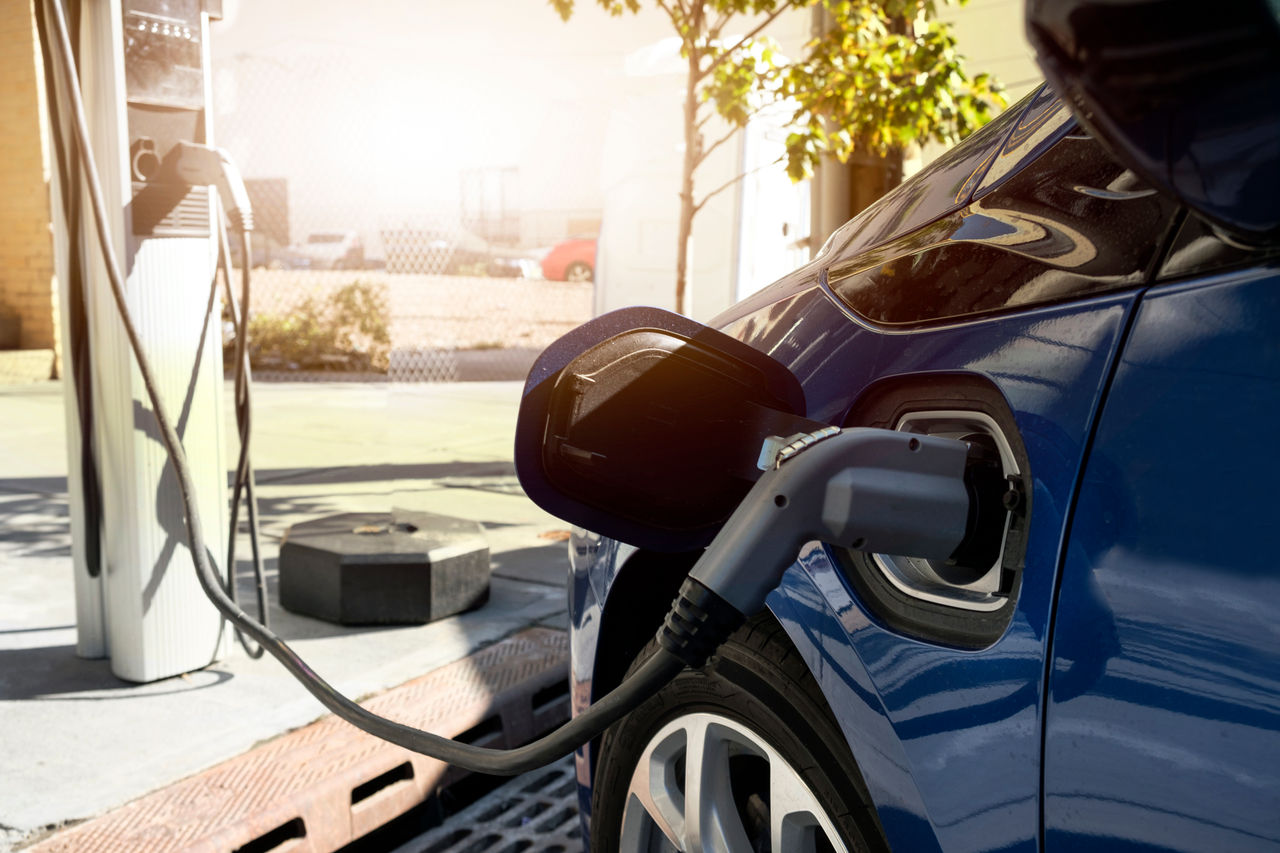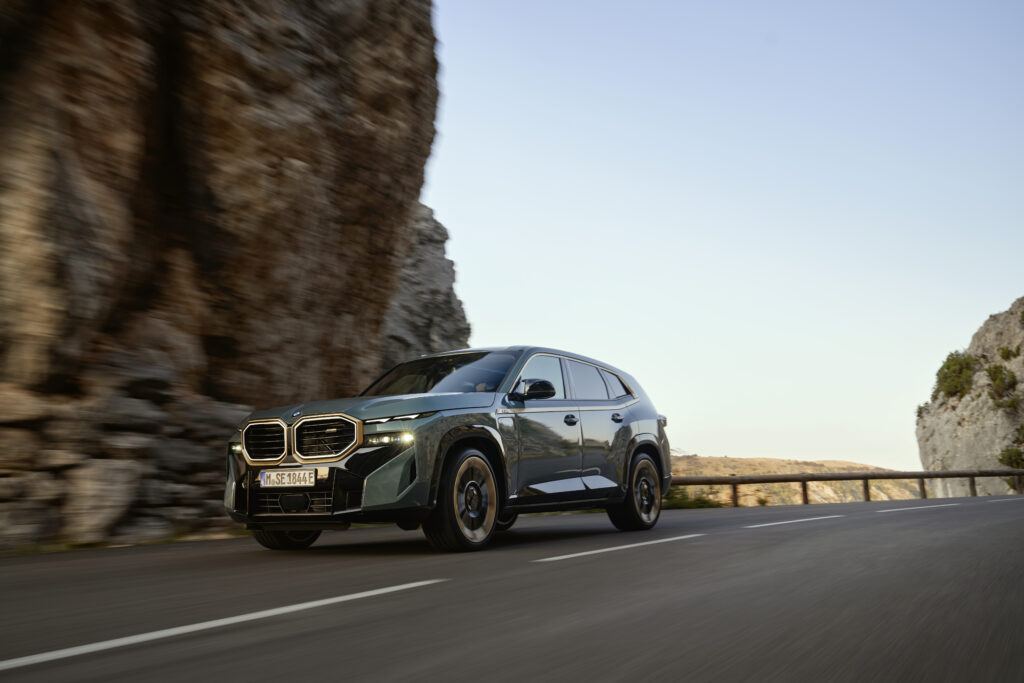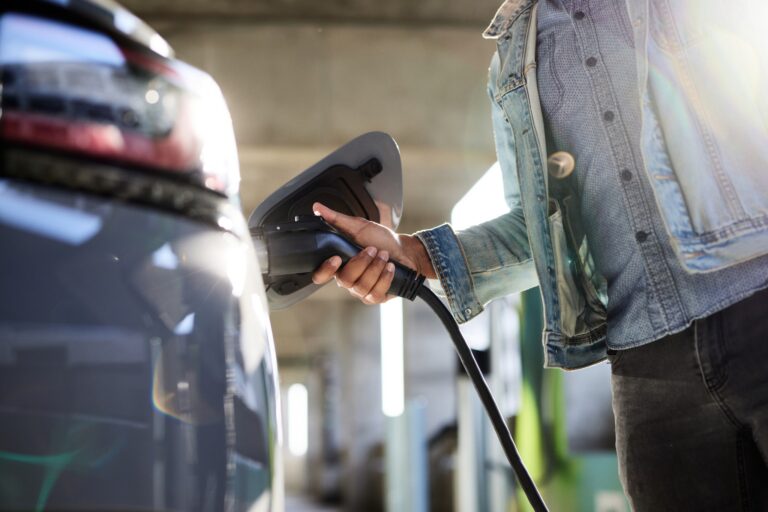
Once considered a novelty, electric vehicles have reshaped the car-buying market.
In 2024, there were more EV sales in the U.S. than ever before, according to Cox Automotive’s Kelley Blue Book.
But how did they get to this point? We rewind nearly two centuries in EV history to explore the milestones that shaped their journey.
⚡ First Electric Car
The first electric vehicle was built in the mid-19th century by a Scottish inventor named Robert Anderson. It was powered by non-rechargeable batteries and had a range of only a few miles.
📈 Rise in Popularity
In the late 19th and early 20th centuries, electric vehicles were actually more popular than gasoline-powered cars. They were seen as cleaner, quieter, and easier to operate
Fun Fact! The first electric taxis were introduced in New York City in 1897, and by 1900, there were more than 4,000 electric cars on the road in the U.S.
💥 EVs Everywhere
In 1901, the world's first hybrid vehicle was invented by none other than Ferdinand Porsche, who later went on to found the Porsche car company.
Soon thereafter, electric vehicles are all the rage in the U.S., accounting for around ⅓ of all vehicles on the road.
⛽ Gas Takes Over
The improvement of roads and the emergence of affordable Texas crude oil played a significant role in the waning popularity of electric vehicles, which near vanishes by 1935.
🌍 WWII Shortage
During World War II, gasoline shortages led to a resurgence of interest in electric vehicles, and some cities even converted their public transit systems to electric power.
↪️ EVs Return ... Again
In the 1960s and 70s, interest in electric vehicles waned again due to low gas prices and the popularity of muscle cars and other high-performance vehicles.
🚀 Lunar Landing
NASA's Lunar rover runs on electricity, helping to raise the profile of electric vehicles.
🏛️ New Regulations
New federal and state regulations create a renewed interest, and automakers begin modifying popular vehicle models into electric vehicles.
⚡ EV Resurgence
Toyota introduces the first mass-produced hybrid – the Toyota Prius. Their worldwide release soon follows in 2000.
Tesla Motors, founded in 2003, plays a significant role in the revival of the electric vehicle industry. Its first vehicle, the Tesla Roadster, is introduced in 2008 and has a range of 245 miles on a single charge.
🔮 The Future of EVs
AAA’s Recommendation: Whether you own an electric vehicle or a gas-powered car is up to you – and you should consider lots of factors in making that choice. No matter what type of vehicle you’re choosing, we recommend visiting a dealership, test driving one, and asking as many questions as possible to make an informed decision.

